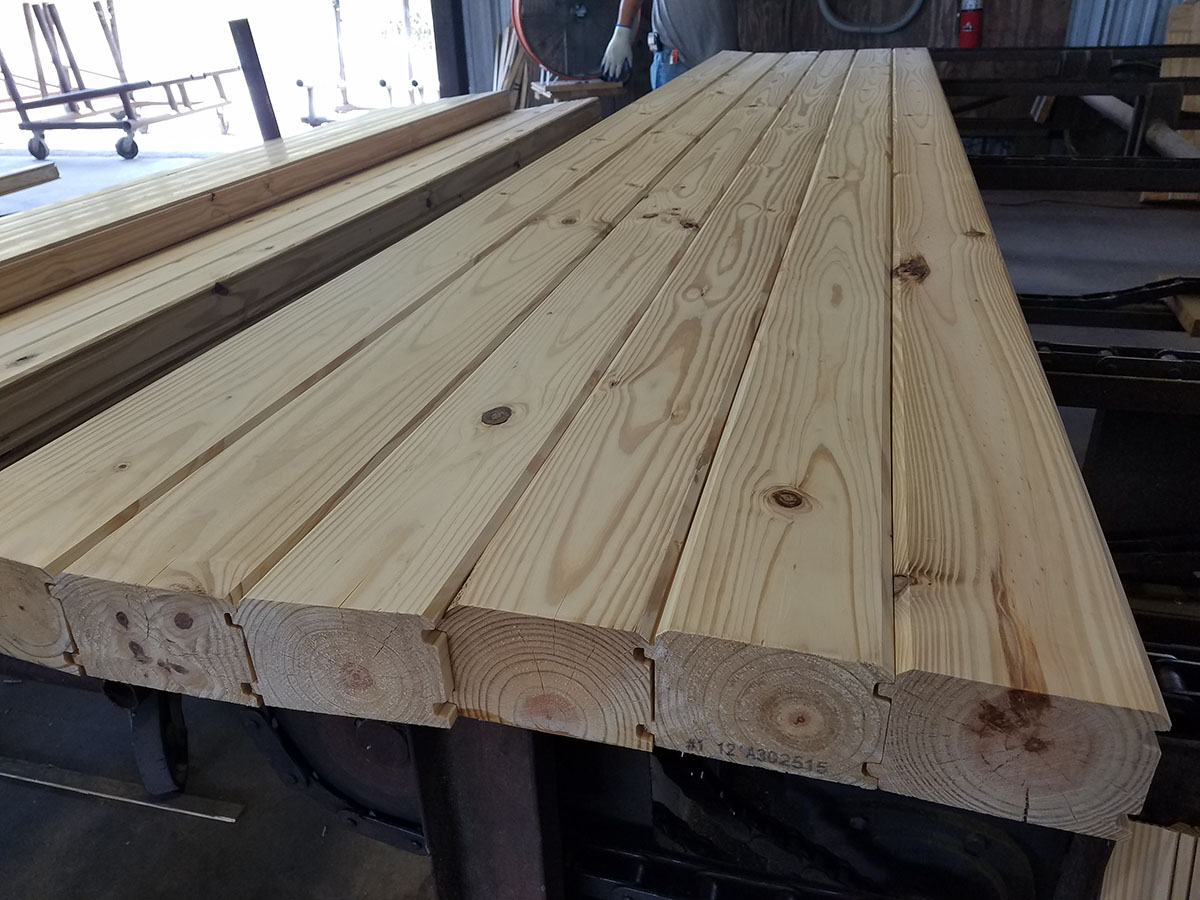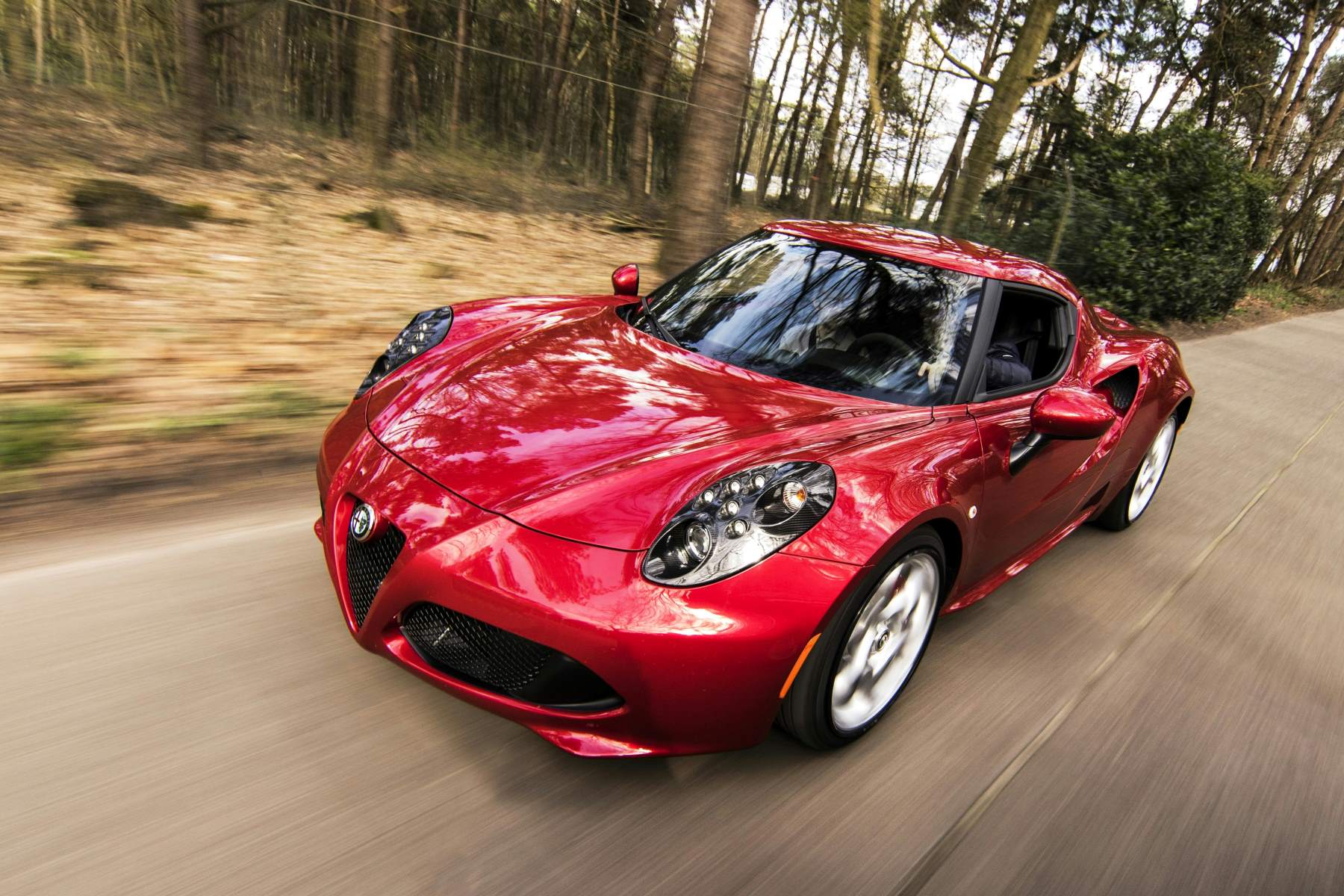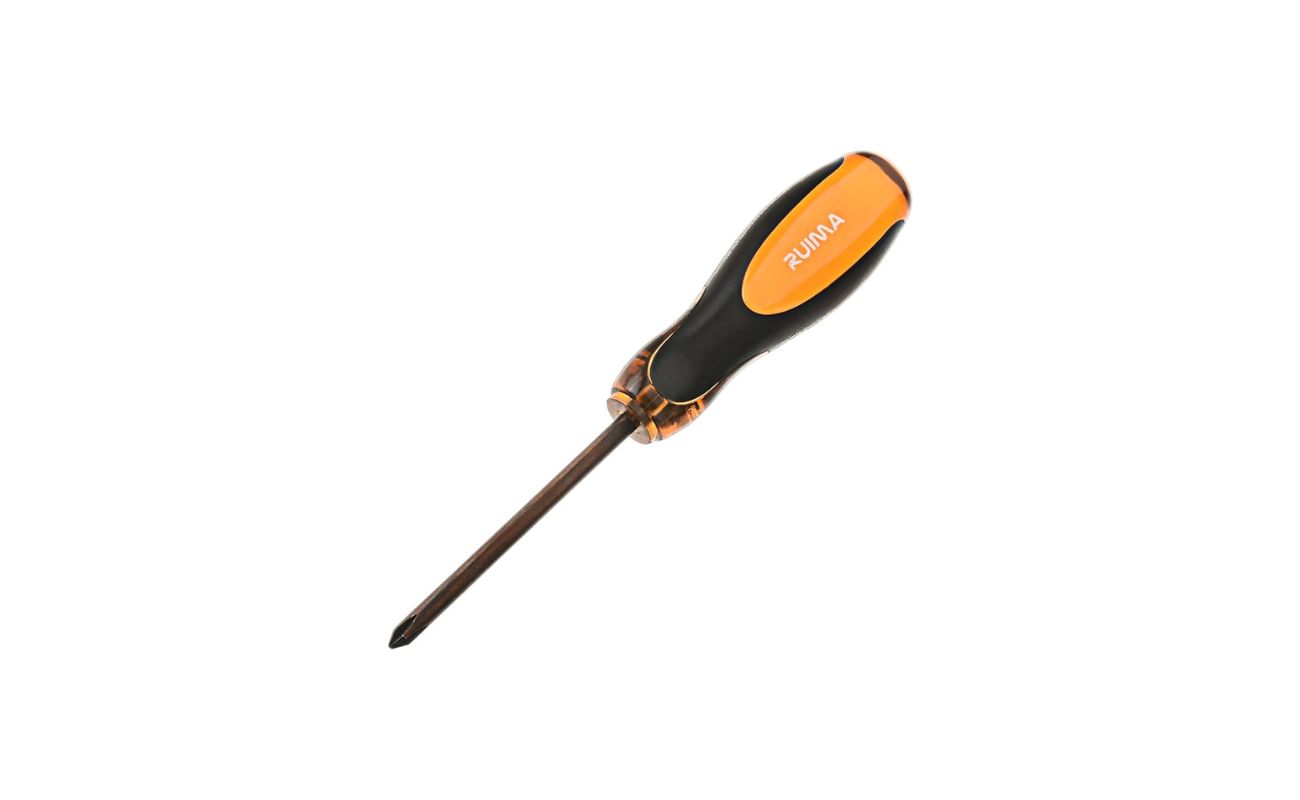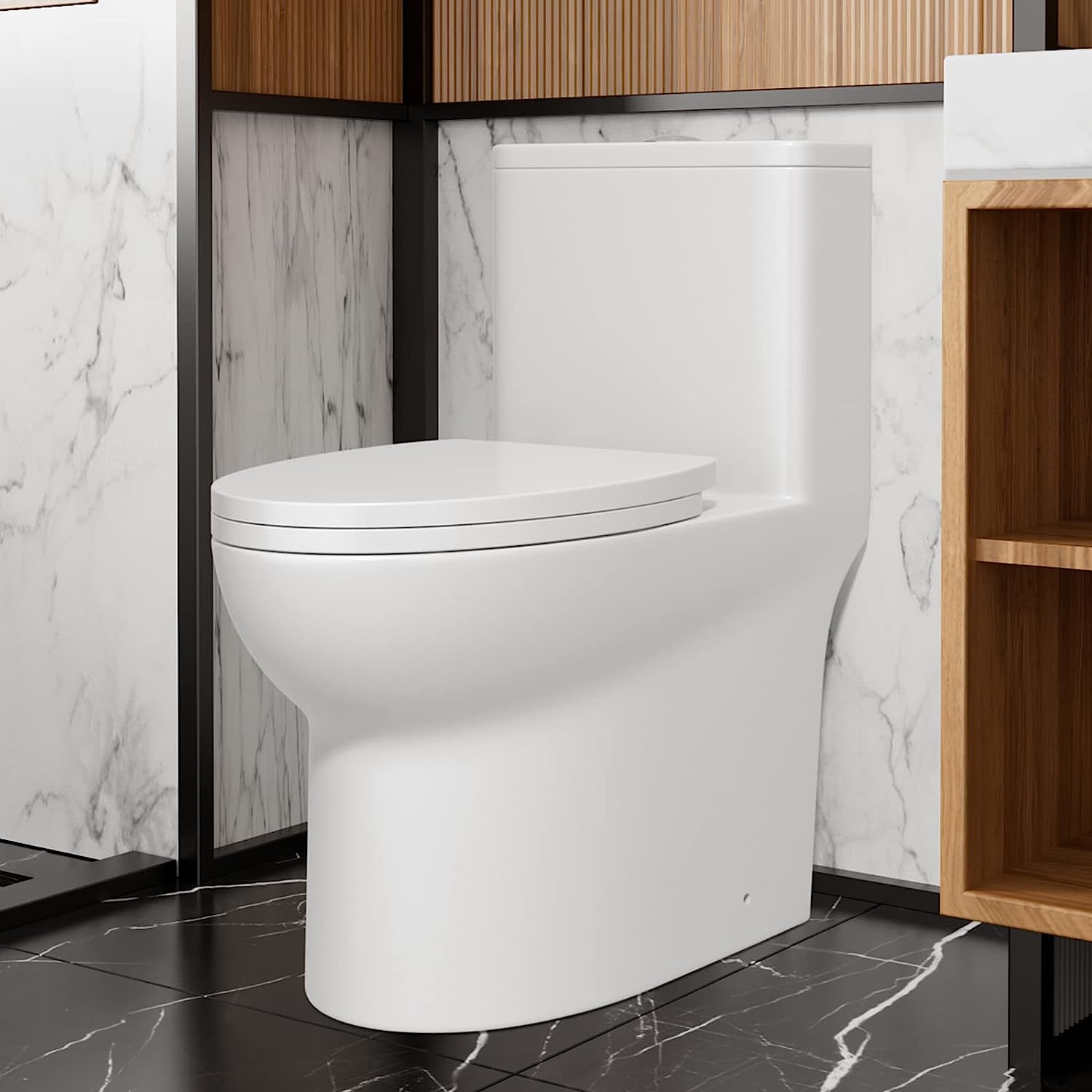Home>Furniture>Outdoor Furniture>Why Is It Called Car Decking


Outdoor Furniture
Why Is It Called Car Decking
Modified: May 6, 2024
Discover the reason behind the name "Car Decking" and how it relates to outdoor furniture. Explore the origins and significance of this unique term.
(Many of the links in this article redirect to a specific reviewed product. Your purchase of these products through affiliate links helps to generate commission for Storables.com, at no extra cost. Learn more)
Introduction
When it comes to outdoor furniture, there are countless options available. From patio sets to garden benches, the choices can be overwhelming. However, one type of outdoor furniture that stands out for its durability and rustic charm is car decking. But why is it called car decking? In this article, we will explore the origins of the term “car decking” and delve into its unique features and benefits.
Car decking refers to a specific type of decking material that was originally used in the construction of railroad cars. However, in recent years, it has gained popularity in the realm of outdoor furniture and decking applications. Its distinctive characteristics and versatility make it a sought-after choice for homeowners, contractors, and design enthusiasts alike.
In the following sections, we will delve into the historical background of car decking, explain its definition, and explore the reasons behind its name. We will also look at some alternate names for car decking and provide examples of its applications. Additionally, we will highlight the differences between car decking and other types of decking materials and discuss the benefits of using car decking for your outdoor living spaces.
So, if you’re curious to learn more about the fascinating world of car decking, join us on this journey as we unravel the story behind its origins and share the many reasons why it has become such a beloved choice in outdoor furniture and decking.
Key Takeaways:
- Car decking, originally used in railroad cars, is a durable and rustic outdoor furniture material. Its interlocking profile and natural beauty make it a timeless and reliable choice for outdoor living spaces.
- With its historical ties to railroads, car decking offers strength, weather resistance, and versatility. Its durability and unique profile make it a charming and long-lasting option for outdoor furniture and decking projects.
Read more: What Is The Plastic Decking Called
Historical Background
The roots of car decking can be traced back to the 19th century when railroads were expanding across the United States. During this time, railroad cars played a pivotal role in transporting goods and people over long distances. To meet the growing demand for sturdy and reliable transportation, engineers focused on developing durable materials for the construction of these cars.
One of the key challenges in designing railroad cars was finding a decking material that could withstand heavy loads, constant exposure to the elements, and the vibrations caused by the moving trains. Traditional wooden planks were not able to withstand these rigorous conditions, leading to frequent damage and costly repairs.
To address this issue, a new type of decking was introduced. It consisted of thick wooden planks made from durable and long-lasting woods, such as Douglas fir or southern yellow pine. These planks were specifically designed to withstand the harsh conditions of railroad operations.
As the railroad industry grew, so did the demand for these durable decking materials. However, with the decline of rail transportation in the mid-20th century, the use of car decking in railroad cars also dwindled. Yet, its durability and unique aesthetic qualities caught the attention of designers, architects, and homeowners, who began repurposing the material for other applications.
Today, car decking is widely used in the construction industry for various projects, including decking surfaces, outdoor furniture, and even interior design elements. Its historical ties to the railroad industry add a touch of nostalgia and a sense of authenticity to any project it is used in.
As we continue our exploration of car decking, we will now define what exactly constitutes car decking and delve into the reasons behind its name.
Definition of Car Decking
Car decking refers to a specific type of decking material that is characterized by its thick wooden planks and distinctive groove and tongue profile. It is typically made from durable and weather-resistant woods such as Douglas fir, pine, or cedar. The planks are typically 2 to 3 inches thick, providing exceptional strength and stability.
What sets car decking apart from other types of decking materials is its unique profile. Each piece of car decking features interlocking tongues and grooves on the edges, allowing for easy installation and a tight fit. This interlocking mechanism provides added strength and stability to the deck surface, making it ideal for heavy-duty applications.
The dimensions of car decking can vary depending on the specific project requirements. However, it is commonly available in widths of 4 to 8 inches, with lengths ranging from 8 to 20 feet. The wide dimensions of car decking can create a visually striking appearance, adding to its rustic and charming allure.
Car decking is known for its durability and longevity. The thick planks are able to withstand heavy loads, making it an excellent choice for areas with high foot traffic or where furniture and outdoor equipment will be placed. Additionally, the natural resistance of the wood to rot and decay makes it well-suited for outdoor applications, especially in areas with harsh weather conditions.
In terms of appearance, car decking showcases the natural beauty and warmth of wood. It often features a smooth or slightly rough surface, highlighting the rich grain patterns and adding texture to outdoor spaces. The colors of car decking can vary depending on the type of wood used, ranging from warm golden tones to deeper reddish-brown hues.
Now that we have defined car decking, let’s explore the intriguing reasons behind its name and discover some of the alternate names it is known by.
Reasons for the Term “Car Decking”
The term “car decking” originated from its primary use as a decking material in railroad cars. As mentioned earlier, during the 19th century, wooden decks were commonly used in the construction of railroad cars to provide a stable surface for transporting goods and passengers.
The durability and strength of car decking made it well-suited for this specific application. The wooden planks could withstand the heavy loads, vibrations, and constant movement that railroad cars experienced during transportation. The interlocking tongue and groove profile of car decking provided a secure and stable deck surface, ensuring the safety and stability of the cargo and passengers.
As the use of car decking expanded beyond railroads, the term “car decking” stuck, becoming the standard name for this type of decking material. It became synonymous with durability, strength, and reliability, qualities that were initially associated with its use in railroad cars.
Another reason for the term “car decking” could be its association with vehicle decks. The term “car” in this context might refer to the deck of a vehicle, as car decking is often used as a decking material for carports, garages, and other structures where vehicles are parked. The sturdy nature of car decking makes it an ideal choice for supporting the weight of cars and other vehicles.
Overall, the term “car decking” serves as a reminder of the material’s historical use in rail transportation and its reputation for strength and durability. It has become a widely recognized name in the world of decking, evoking images of rugged and robust construction.
Now, let’s explore some of the alternate names for car decking that you may come across in your search for the perfect outdoor decking solution.
Alternate Names for Car Decking
While “car decking” is the most commonly used term, there are several alternate names that you might come across when referring to this type of decking material. These names often vary based on regional preferences and industry terminology. Here are a few alternate names for car decking:
- Laminated Decking: This name refers to the construction of car decking using laminated wood planks. Laminating involves bonding multiple layers of wood together, resulting in a stronger and more stable decking material.
- Rustic Decking: This name highlights the rustic and natural appearance of car decking. It emphasizes the warm, earthy tones and rich grain patterns of the wood, adding a charming and inviting aesthetic to outdoor spaces.
- Heavy-Duty Decking: This name emphasizes the durability and strength of car decking. It is often used to describe decking materials that can withstand heavy loads and provide long-lasting performance in demanding outdoor environments.
- Grooved Decking: This name focuses on the distinctive groove and tongue profile of car decking. The interlocking grooves and tongues allow for easy installation and provide a secure and tight fit, ensuring a sturdy deck surface.
- Industrial Decking: This name highlights the industrial heritage of car decking, originating from its use in railroad cars. It is often associated with robust and reliable construction, making it suitable for heavy-duty outdoor applications.
These alternate names reflect different aspects and qualities of car decking, alluding to its durability, rustic appeal, and unique profile. Regardless of the name used, car decking remains a popular choice for its strength, longevity, and natural beauty.
Now that we have explored the various names associated with car decking, let’s move on to discussing some examples and applications of car decking in outdoor furniture and decking projects.
The term “car decking” comes from the use of wooden planks, similar to those used in building decks, to create a sturdy and durable surface for vehicles to drive and park on. This method is often used in construction and renovation projects to create elevated parking areas or ramps.
Read more: Why Is It Called Silverware
Examples and Applications of Car Decking
Car decking, with its durability and distinct aesthetic, has found a wide range of applications in outdoor furniture and decking projects. Its versatility and rustic charm make it a popular choice among homeowners, contractors, and designers. Here are some examples and applications of car decking:
- Decking Surfaces: Car decking is commonly used as a decking material for outdoor spaces such as decks, patios, and balconies. Its sturdy construction and interlocking profile make it an ideal choice for areas that experience heavy foot traffic and require a durable and reliable surface.
- Outdoor Furniture: Car decking is often used in the construction of outdoor furniture such as benches, tables, and chairs. Its natural beauty and rugged appearance add a touch of charm and elegance to outdoor living spaces. Furniture made from car decking is not only visually appealing but also highly durable and long-lasting.
- Pergolas and Gazebos: Car decking can be used to create stunning pergolas and gazebos, providing shade and a visually striking focal point in outdoor settings. Its solid and substantial structure makes it an excellent choice for supporting the roof or canopy of these structures.
- Exterior Cladding: Car decking can be used as exterior cladding for buildings, adding texture and visual interest to the façade. Its natural wood tones and rough-sawn finish create a rustic and distinctive appearance, enhancing the overall aesthetic of the structure.
- Carports and Garages: Car decking is frequently used as a decking material for carports and garages. Its strength and ability to withstand heavy loads make it a reliable choice for supporting vehicles and protecting them from the elements.
- Walkways and Bridges: Car decking can be employed in creating walkways, bridges, and boardwalks in outdoor settings. Its sturdy construction and interlocking profile ensure safe and secure passage, even in high-traffic areas.
These are just a few examples of how car decking can be utilized in outdoor furniture and decking projects. Its versatility and durability make it an excellent choice for any application that requires a strong and visually appealing material with a touch of rustic charm.
Now that we have explored the various applications of car decking, let’s move on to discussing the differences between car decking and other types of decking materials.
Differences Between Car Decking and Other Types of Decking
While there are several types of decking materials available, car decking stands out due to its unique characteristics and construction. Here are some key differences between car decking and other popular types of decking materials:
- Profile: Car decking features an interlocking tongue and groove profile, which sets it apart from other decking materials. This profile allows for easy installation and provides added stability and strength to the deck surface. In contrast, other decking materials, such as composite or traditional wood decking, often have a plain, non-interlocking surface.
- Thickness: Car decking is typically thicker than other decking materials. It is commonly available in 2 to 3-inch thick planks, providing exceptional strength and stability. This thickness is advantageous for areas that need to withstand heavy loads or constant foot traffic. In comparison, other decking materials may be thinner and may require additional support for heavier applications.
- Appearance: Car decking showcases the natural beauty and warmth of wood. It often features a smooth or slightly rough surface, highlighting the rich grain patterns and adding texture to outdoor spaces. Other decking materials, such as composite decking, may mimic the look of wood but lack the authentic grain and texture.
- Durability: Car decking is known for its durability and ability to withstand harsh weather conditions. The thick wooden planks are naturally resistant to rot and decay, making them ideal for outdoor applications. In contrast, other decking materials, such as untreated wood, may require regular maintenance and treatment to protect against weathering.
- Cost: The cost of car decking can vary depending on factors such as the type of wood used and the size of the project. Generally, car decking can be more expensive compared to other types of decking materials, especially synthetic options like composite decking. However, the long-term durability and aesthetic appeal of car decking may offset the initial higher cost for many homeowners.
These differences highlight some of the distinct qualities of car decking that set it apart from other decking materials. Its interlocking profile, thickness, durability, and natural beauty make it an attractive choice for outdoor furniture and decking projects.
Now, let’s move on to discussing the benefits of using car decking in outdoor living spaces.
Benefits of Using Car Decking
Using car decking for your outdoor living spaces offers several notable benefits. Its unique characteristics and construction make it a popular choice among homeowners and contractors. Here are some of the key benefits of using car decking:
- Durability: Car decking is known for its exceptional durability. The thick wooden planks are designed to withstand heavy loads, constant foot traffic, and exposure to the elements. This makes it an excellent choice for decking applications that require long-term durability and resistance to wear and tear.
- Strength and Stability: The interlocking tongue and groove profile of car decking provide added strength and stability to the deck surface. This interlocking mechanism ensures a tight and secure fit, preventing warping and movement over time. It creates a sturdy and reliable deck that can withstand various environmental conditions.
- Natural Beauty: Car decking showcases the natural beauty and warmth of wood. Its rich grain patterns and earthy tones create an inviting and aesthetically pleasing outdoor space. Whether you prefer a smooth or slightly rough surface, car decking adds a touch of rustic charm and enhances the overall ambiance of your outdoor living areas.
- Weather Resistance: The natural properties of the wood used in car decking make it naturally resistant to rot, decay, and insect damage. This makes it highly suitable for outdoor applications, especially in regions with harsh weather conditions. With proper maintenance, car decking can withstand the test of time and maintain its beauty for years to come.
- Easy Installation: Car decking’s interlocking profile makes it relatively easy to install compared to other types of decking materials. The tongue and groove design allows for straightforward and secure installation, reducing the time and effort required for deck construction. This makes it a preferred choice for both professional contractors and DIY enthusiasts.
- Versatility: Car decking offers versatility in terms of its applications. It can be used for decking surfaces, outdoor furniture, pergolas, carports, and more. Its strength and durability make it suitable for both residential and commercial projects. With car decking, you have the flexibility to create a cohesive and visually appealing outdoor space.
These benefits highlight why car decking is a favored choice in outdoor furniture and decking projects. Its durability, strength, natural beauty, and versatility make it a reliable and long-lasting option for creating inviting and functional outdoor living areas.
As we conclude our exploration of car decking, we hope you have gained a deeper understanding of its historical background, definition, applications, and unique qualities. Whether you are considering a new deck or outdoor furniture, car decking offers a timeless appeal that combines functionality, aesthetics, and durability.
So, why not consider car decking for your next outdoor project and experience the charm and reliability it has to offer?
Conclusion
Car decking, with its roots in the construction of railroad cars, has become a popular choice in outdoor furniture and decking projects. Its durability, unique profile, and rustic charm have captured the attention of homeowners, contractors, and designers. Throughout this article, we have explored the historical background, definition, reasons for its name, alternate names, examples and applications, differences from other decking materials, and the benefits of using car decking.
Car decking’s association with railroad cars brings a sense of nostalgia and authenticity to any project it is used in. Its thick wooden planks and interlocking tongue and groove profile provide strength, stability, and ease of installation. By choosing car decking, you are not only selecting a durable and reliable decking material but also adding a touch of natural beauty and warmth to your outdoor spaces.
From decking surfaces and outdoor furniture to pergolas and carports, car decking offers versatility in its applications. Its ability to withstand heavy loads, resist weather damage, and maintain its aesthetic appeal over time make it a reliable and long-lasting choice.
While car decking may come with a higher initial cost compared to other decking materials, its exceptional durability and appealing appearance offset the investment in the long run. By choosing car decking, you are investing in a material that will enhance your outdoor living areas for years to come.
So, whether you are planning to build a new deck, revamp your outdoor furniture, or create a cozy pergola, consider car decking for its remarkable durability, unique profile, and timeless charm. Experience the joy of a well-crafted outdoor space that captures the spirit of the past and provides a haven of relaxation and enjoyment for years to come.
In conclusion, car decking is not just a type of decking material. It is a piece of history, a symbol of durability, and a testament to the beauty and resilience of nature. Embrace the charm of car decking and elevate your outdoor living spaces to new heights.
Curious about crafting something special with your own hands? Our upcoming article on woodworking will guide you through the top skills and projects for 2024. Whether you're brand new to carving and joining or looking to refine your craftsmanship, this guide has something for everyone. Get ready to transform raw materials into stunning creations!
Frequently Asked Questions about Why Is It Called Car Decking
Was this page helpful?
At Storables.com, we guarantee accurate and reliable information. Our content, validated by Expert Board Contributors, is crafted following stringent Editorial Policies. We're committed to providing you with well-researched, expert-backed insights for all your informational needs.















0 thoughts on “Why Is It Called Car Decking”